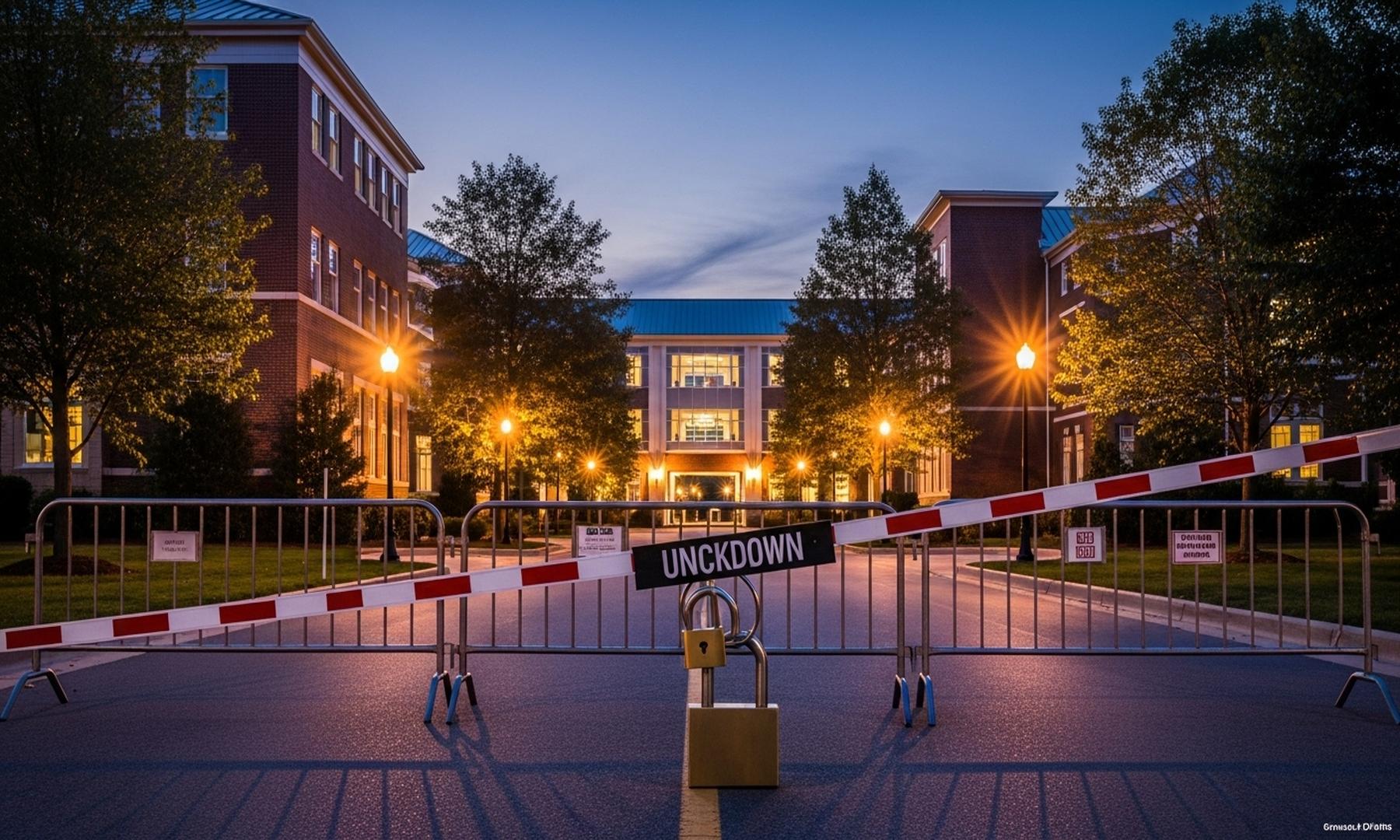What's Happening?
The BCIS has released its infrastructure forecast, projecting a modest growth of 2.5% in infrastructure output for 2025, following a 9.2% decrease in 2024. The forecast anticipates an overall increase of 18% between 2025 and 2030. Despite government announcements and a 10-year strategy, the expected positive sentiment has not yet translated into significant activity. Private investors are cautious, adopting a 'wait and see' approach due to fiscal ambiguity and hoping for clearer financial conditions. Civil engineering costs are expected to rise by 15% over the next five years, driven primarily by labor costs, while tender prices for civil engineering work are projected to increase by 24%.
Why It's Important?
The forecast highlights the challenges facing infrastructure investment in the U.S., particularly the impact of fiscal uncertainty on private investment decisions. Infrastructure spending is crucial for economic growth, often acting as a counter-cyclical support during downturns. However, with government finances under pressure from higher borrowing costs and weaker tax receipts, there is a risk of delays or cancellations of planned projects. This situation could stall economic recovery efforts and impact job creation in the construction sector. The cautious stance of private investors further complicates the outlook, potentially slowing down the pace of infrastructure development.
What's Next?
Policymakers face the challenge of maintaining a steady flow of infrastructure projects to stimulate growth while managing fiscal constraints. The BCIS forecast suggests that clarity in financial conditions and government policy could encourage private investment. Stakeholders will likely monitor upcoming government announcements and economic indicators closely. The situation calls for strategic planning to ensure that infrastructure projects proceed without significant delays, balancing the need for fiscal discipline with the imperative to support economic recovery.
Beyond the Headlines
The forecast underscores the broader implications of fiscal policy on infrastructure development. The reliance on infrastructure spending as a counter-cyclical measure highlights the need for sustainable fiscal strategies. The potential rise in civil engineering costs due to labor expenses also points to broader economic challenges, such as wage inflation and its impact on project viability. The cautious approach of private investors reflects a broader sentiment of uncertainty in the economic environment, which could influence future investment trends.












